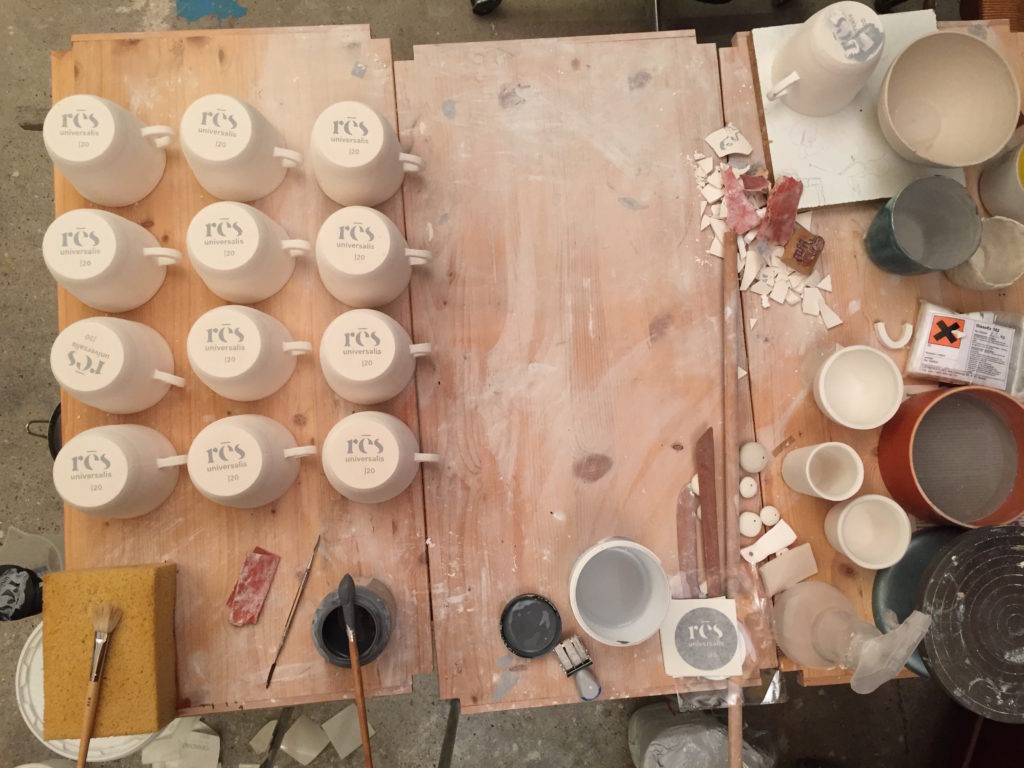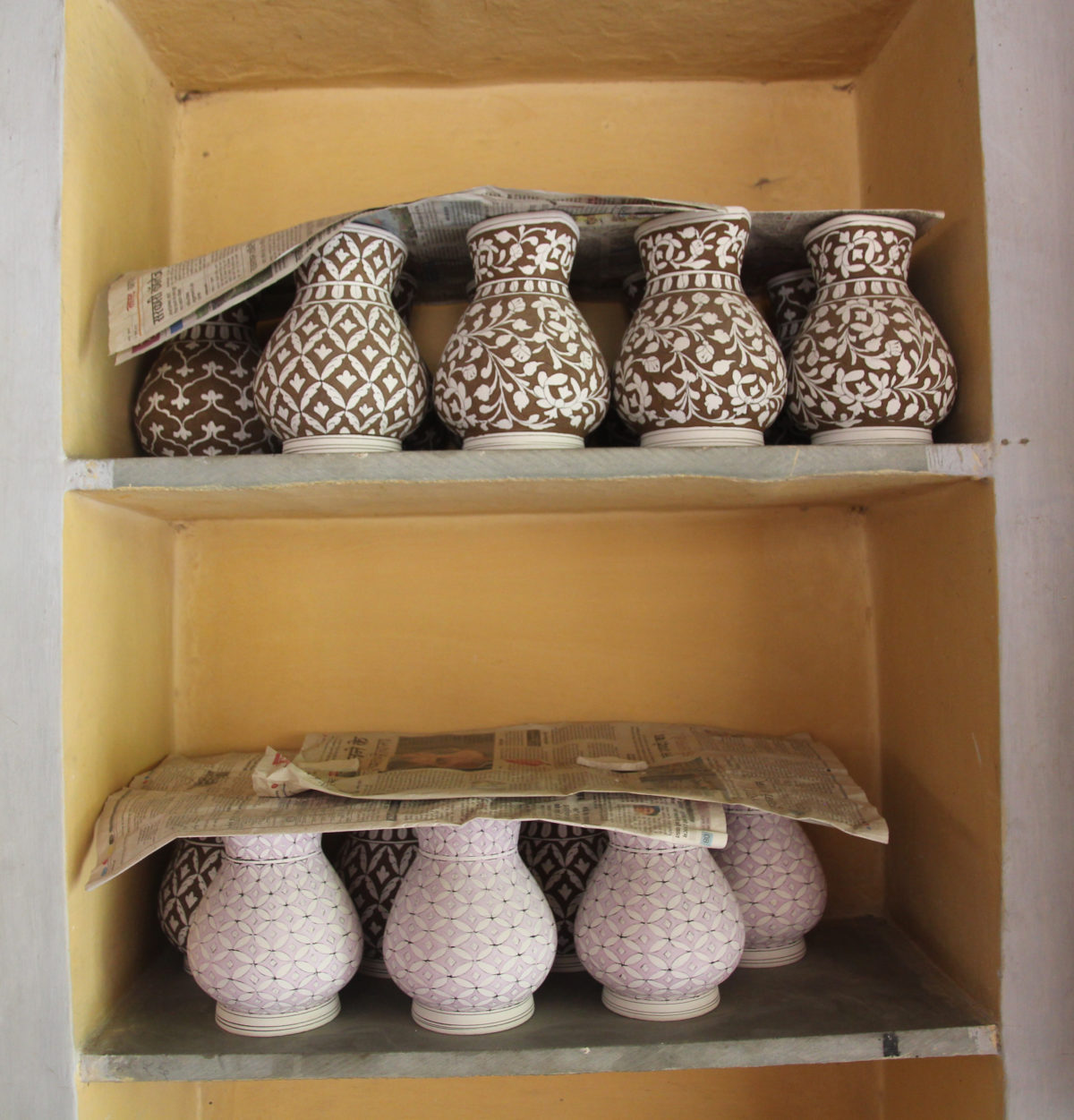Exploring Things
– Material Culture
In her diploma project, Isabelle Baumgartner explored material culture. In her letter of motivation for being part of our Workshop Design Cultures in Banasthali, India, she wrote: „(B)ecause we live in a materially overloaded civilization, we have lost the relation to the object, things and material culture surrounding us.“ While in India, she focused on observing material culture there: how things are produced, use and how this is different from the cultural spaces she comes from. One important finding for her was: Objects in India are often connected to stories, the embody myths and storytelling and thereby reassure cultural identities. In the end, for her diploma, she collected stories around cups in her own cultural space and out of this created her own cup, that embodies all these stories, as described more in detail in her Diploma Thesis.

Material Culture. The things around us are a fundamental part of culture. By studying things, we can study how people live. Material culture studies „take the human subject or the social as their staring point: the manner in which people think through themselves, and their lives and identities through the medium of different kinds of things.“ (Tilley a.o. 2006, 4)
By studying material culture, we can explore local design cultures that are specific for a certain area. Local design cultures often include specific resources (often the ones available on site), specific manufacturing and aesthetics .
What is a thing and how can we study it? In the Handbook of Material Culture, the concept of materiality is described in ten different aspects:
- “Things as materially existing and having a significance in the world independent of any human action or intervention (e.g. a stone, a mountain, an animal or a tree).
- Things as created by persons: artefacts.
- The matter or component substances, or materials, of which these things are composed: their origins, associations and combinations.
- The technologies required to produce things, the manner in which these things may be moved and exchanged and consumed.
- The manner in which things relate to conscious ideas and intentions held by persons or subjects.
- The manner in which things relate to unconscious structures of thought and affect, unacknowledged conditions, habits or experiences, and unintended consequences of social life going beyond individual intention consciousness.
- The relationship of things, material culture in general, with human culture or society: things as an integral part of being human and living together with others.
- The relationship of things to value systems, cosmologies, beliefs and emotions, more broadly to personal and social identities.
- The relationship of things to history and tradition, individual and collective memories, social stasis and social change, and to concepts of space, place, concept and locality.
- The relationship of things to the human body: the body itself as a cultural and sensuous thing which may move, present and display itself in various ways, and the manner in which things produce, constrain, extend and limit bodily capacities.”
(Tilley and others 2006, 4)
Tilley, Chris; Keane, Webb; Küchler, Susanne; Rowlands, Mike; Spyer, Patricia (2006). Handbook of Material Culture.
Photos: Anka Falk, Isabelle Baumgartner
